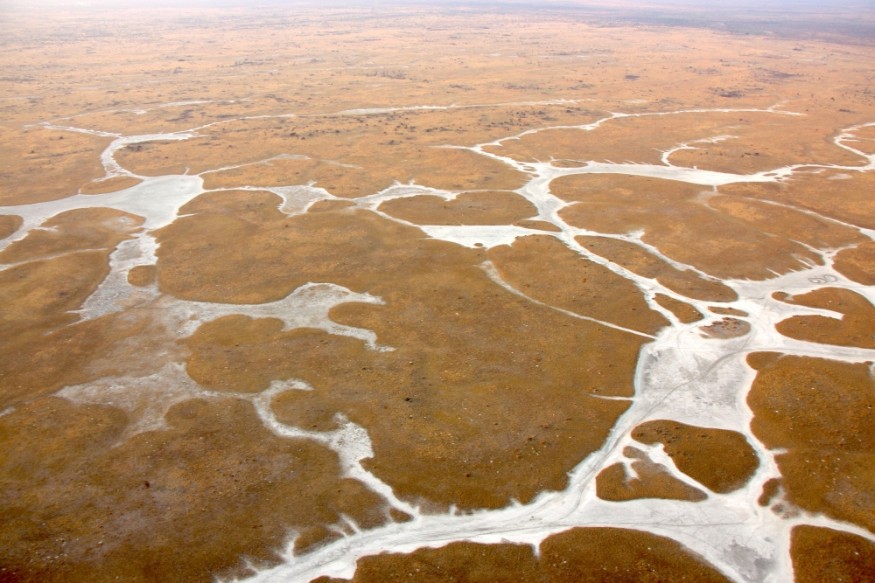
Northern Botswana in Africa is the place where all the ancestors of modern humans dwelled, according to a new study.
Africa has been accepted as the cradle of humankind. There are multiple fossil pieces of evidence to support that they appeared 200,000 years ago. But the exact location remained a mystery until now.
The study published in the journal Nature claimed that for 70,000 years, homo sapiens thrived in this region before moving out due to climate change.
Comparing DNAs
Mitochondrial DNA is like a time capsule that records the slow changes over the years, said Vanessa Hayes, the lead author at the Garvan Institute of Medical Research and the University of Sydney.
That's why to find the missing puzzle piece about the first 100,000 years of modern humans, the researchers collected DNA samples from the local communities in Namibia and South Africa. Then, they compared the DNA codes from different individuals to know how closely related they are.
The genomes of at least 1,200 indigenous Africans were collected and analyzed. And through this, the team was able to find out the history of L0, one of the oldest DNA lineages in the world.
Despite being passed down through mitochondria for hundreds of thousands of years, the L0 remained unchanged.
The researchers tracked where and when the first sublineages appeared, and it helped them finally pinpointed the precise location of where the first carriers of L0 lived: at the Makgadikgadi-Okavango palaeo-wetland in southern Africa.
The Modern Human Diaspora
The researchers found out that the region once had the biggest lake system in Africa which disappeared about 200,000 years ago due to some tectonic plate movements. This created a vast wetland, said Andy Moore, a geologist from Rhodes University who co-authored the study.
It is a common knowledge that wetlands played a major role in sustaining the life of ancient civilization as it provided everything needed for survival.
The migration is said to begin about 130,000 to 110,000 years ago. The community split into three: the first group ventured to the northeast, then the next to the southwest. The remaining stayed in Africa and became the ancestors of the indigenous people.
Unfortunately, the northeast group did not flourish.
The southwest group, on the other hand, successfully learned how to utilize resources found in the marine environment which allowed them to have steady population growth, Hayes said.
But how did the climate change?
According to the researchers, the diaspora happened because of some changes to the climate. And they believed it was due to slight tilting of Earth's axis which changes the summer solar radiation in the Southern Hemisphere.
Another co-author, Axel Timmermann, who is the director of the IBS Center for Climate Physics at Pusan National University, said that this also leads to periodic shifts in rainfall across southern Africa which have opened "green corridors" that allowed the ancient humans to get out from the region for the first time.
Unfortunately, gone were the wetlands were these ancient communities flourished. What was left in Africa was a huge dessert. Yet as long as the blood of the people remained, the story of these ancestors will never cease to exist.
© 2025 NatureWorldNews.com All rights reserved. Do not reproduce without permission.





